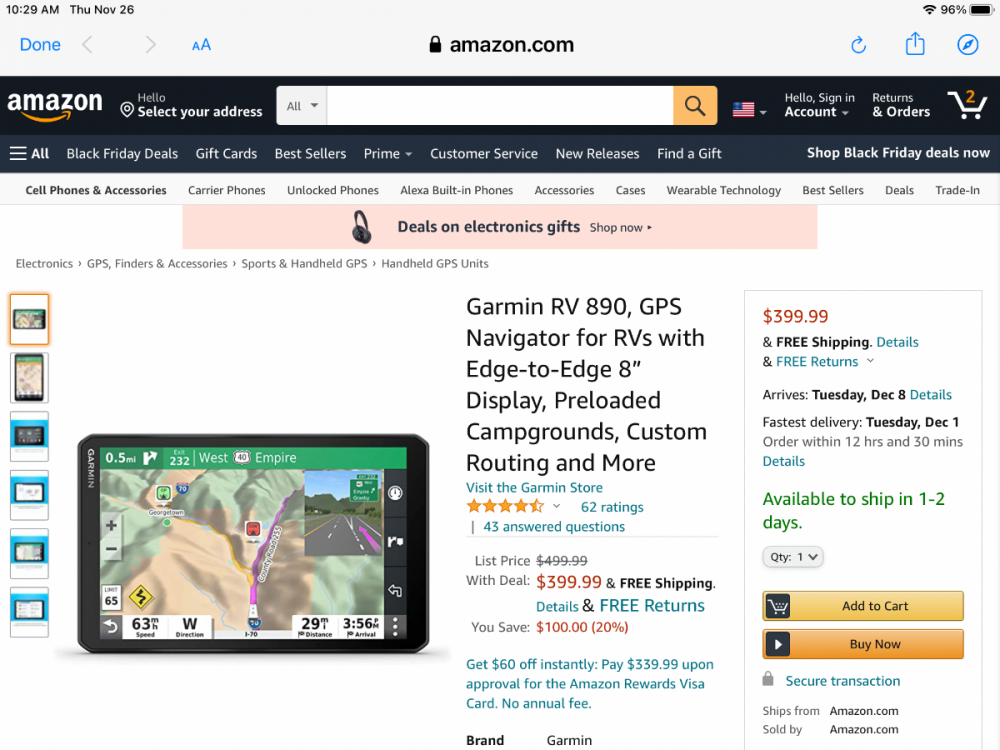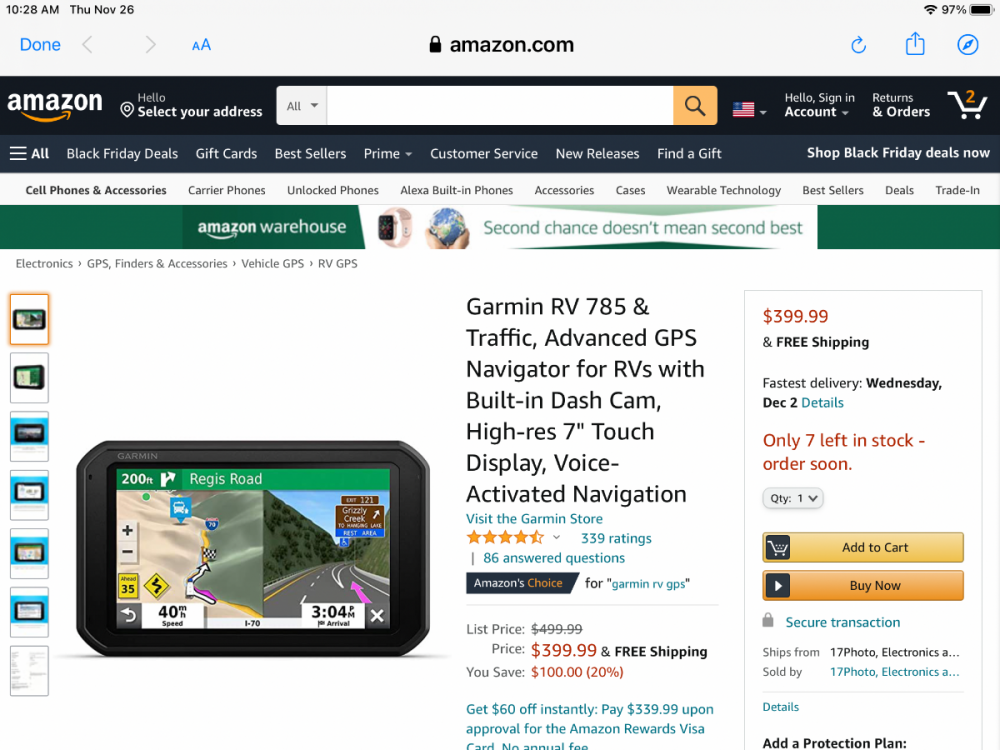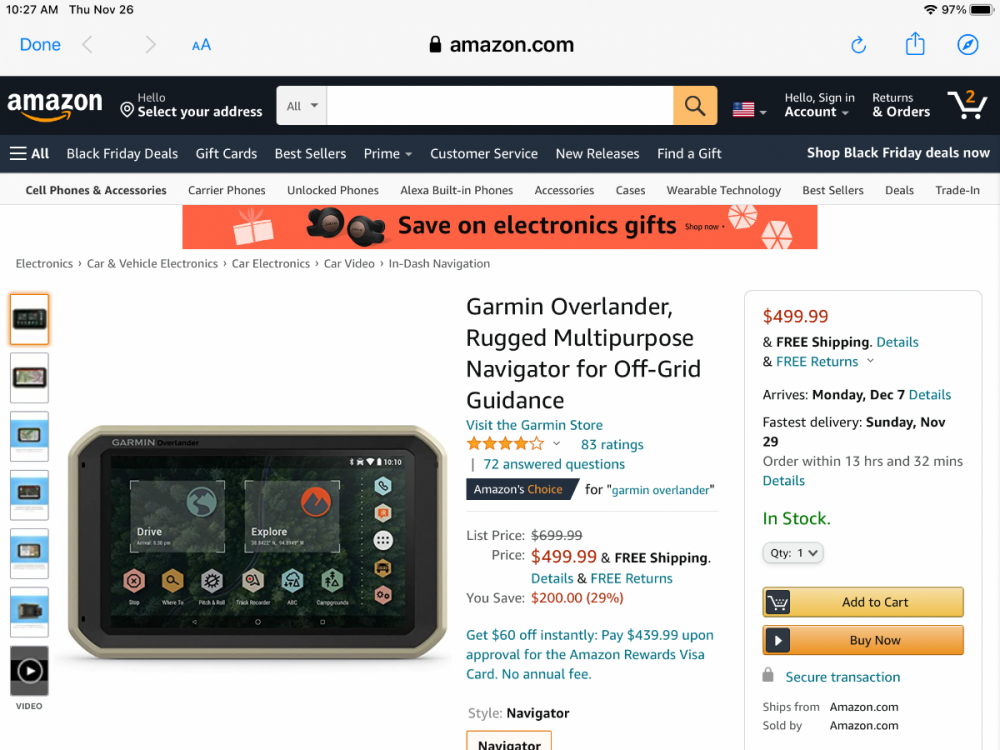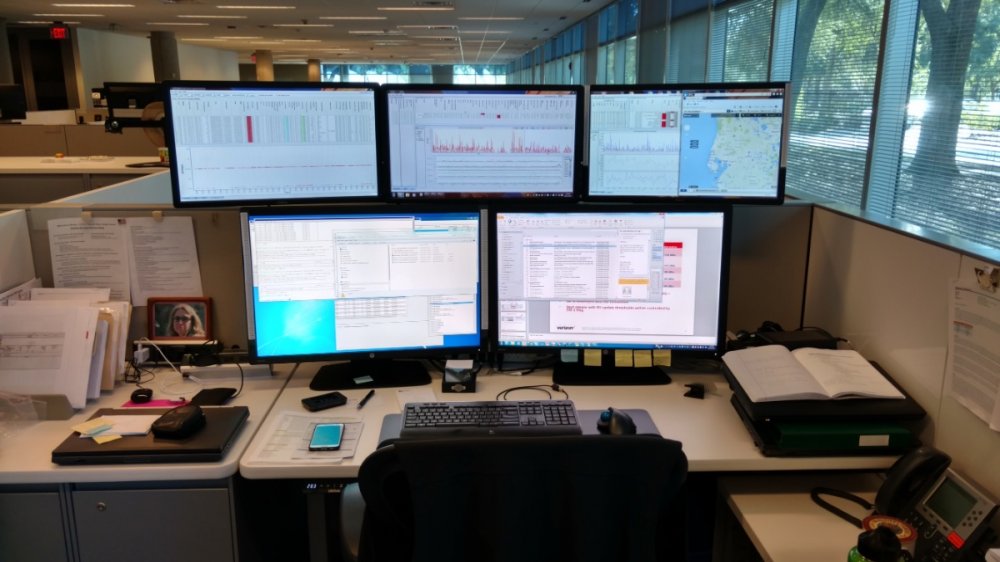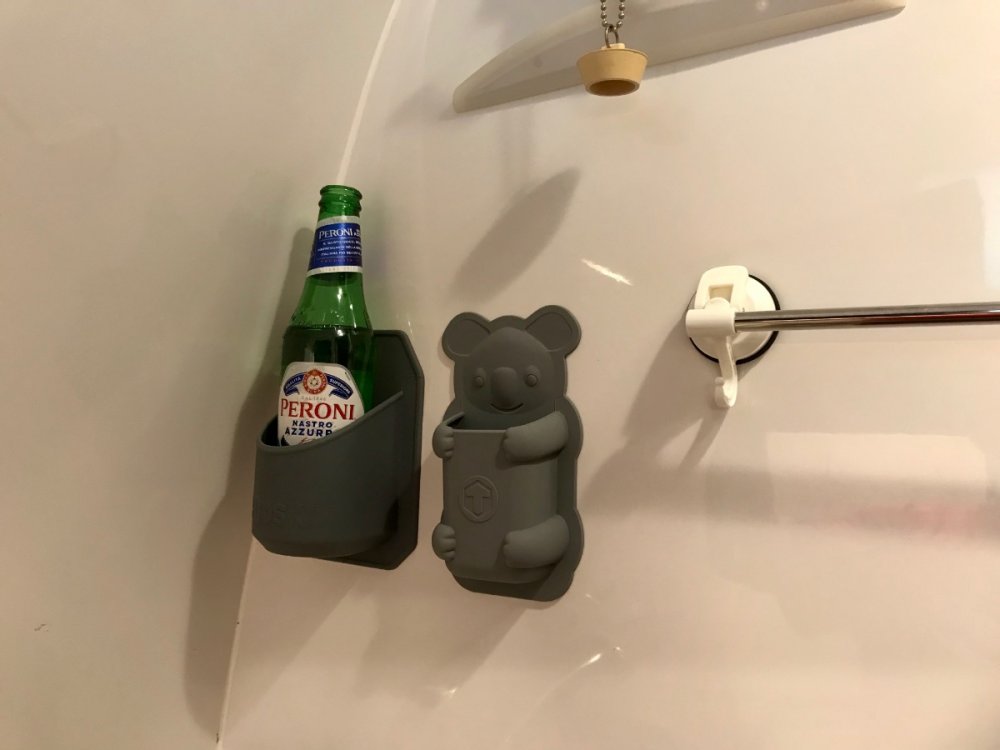-
Posts
1,743 -
Joined
-
Last visited
-
Days Won
42
Everything posted by mossemi
-
Mcb, I know you are visiting Florida and being a native I can tell you from experience, we sometimes run the heat in the morning and the A/C in the afternoon, so it seems like you’ve figured out the solution.😅😅 My thermostat has the words "heat strip" after "furnace" in the bottom left corner that I see when running through the mode selector. Mossey
-
I have always wondered about Amazon's fluctuating prices. They must have reduced inventory to an manageable level. And I followed DavidS's advice from a couple years back and created price drop alerts for Amazon products at this website. Mossey
-
Foy, have you checked for 12v at the control board? Does the bath fan work? Mossey
-
My 2017 LE2 has factory wiring for a front camera because it was an option available at that time. I am not sure which years it was offered. If you open the port hole in the upper cabinet above the microwave you will find a rats nest of wiring for the panel at the front door. I found the front camera wiring labeled and taped to the wall above the switch panel. The wires are running towards the front of the trailer between the ceiling and the roof. And speaking of the rats nest, I like it because it makes finding and pulling wires a little easier for me. Mossey
-
Did you use your suitcase panels on this trip? Didn’t you have plans to wire the portables in series? Wasn’t it your intention to add another MPPT CC for the suitcase panels? Am I making you feel lazy by reminding you of all the projects you are neglecting while you mess around with duct work? Mossey
-
My 2017 LE2 has a switch inside the door which turns the rear camera on/off. Mossey
-
Note: I started this post this morning and then got busy with Christmas decorations, so if there are additional posts on this subject that I have not read, I apologize for being redundant. It's time I add more information from my point of view to my question. I have already acquired the following equipment for my solar replacement, which I do plan to claim for a tax credit. 3 - Battle Born BB 10012 batteries. 1 of my original lead acid batteries failed which led to the lithium upgrade. 2 - Zamp 90 Watt Long Solar Panels B Stock These panels are considered seconds, sold by Zamp through Amazon. A solar panel is required for the solar tax credit but these are sold in pairs. 1 - Victron SmartSolar MPPT 150/45 Tr. Why not take advantage of the tax credit? 1 - Xantrex PROWatt 2000 Inverter. Original failed. Associated cable, connectors, mounts, switches and bits and pieces. So, I have put a little thought into this project. But I have never read anything about Victron MPPT CC's requiring 24v inputs. I do know they support multiple voltages. I think a 24v input would make sense if you needed to run new cable from the roof to the CC anywhere in the cabin or lower hull, but you have already indicated that you are going to use the existing Zamp cable run. The smaller cable requirements of higher voltage would certainly ease any new cable runs. When I run my panel numbers using the method at this website Sherry posted, I would waste 128 watts of solar energy with my panels is series. And I don’t believe that Zamp PWM CC's are junk, they just aren’t as efficient as any quality MPPT CC. All of my Zamp equipment has provided good service for 3 years and I can’t think of any Zamp problems mentioned on this forum, but maybe I have forgotten them. Mossey
-
JD, Ok! I found a 3rd post asking if anyone had replaced the Zamp CC with a Victron and you referenced the 150/35 which supports 12v. So why the change to 24v? Which Victron charge controller are referring to that requires PV panels in a series configuration? Changing to 24v would make sense for the portable panels and your long 10 AWG extension cord runs. You could add a small 24v charge controller under the bed or dinette using your existing Furrion port and not have to change out your roof port and connectors. Maybe you are talking about 2 different projects, but the two topics you created have confused me, which is easily done these days. Mossey
-

Antifreeze leaking thru the Thuma bypass shutoff valve.
mossemi replied to Yukon's topic in General Discussion
Is that your newly fabricated replacement plumbing with metal fittings? Mossey -

Battle Born Black Friday Sales Today (11/27/2020)
mossemi replied to RnA's topic in Mechanical & Technical Tips
I have an LE2 so I can’t answer definitively. Direct replacement depends on the battery tray and battery dimensions. I can say that the Zamp Solar charge controller does support lithium batteries and the Progressive Dynamics Power Distribution may or may not support the lithium batteries. You should contact Progressive support and provide your model and serial number and they will guide you. See this post: Mossey -

Battle Born Black Friday Sales Today (11/27/2020)
mossemi replied to RnA's topic in Mechanical & Technical Tips
I ordered 1 - 100 Ah 2 weeks ago at $924.00 from an online solar company, my bad. I did receive 2 by mistake on Tuesday. I am now waiting for their response to the over shipment. Maybe they will offer me a special deal. This looks like a great deal and I can envision lots of Ollie's with new batteries for Christmas. Mossey -

Is my thermostat working correctly
mossemi replied to Trainman's topic in Mechanical & Technical Tips
My air conditioner will run at the same time as the heater if I do not set the cool temperature to about 90°. I never understood why, I just figured out a way to make it work and moved on to the next thing. I learned some new things about the thermostat from Victor's post last month. https://www.youtube.com/watch?v=cmcSvh6xG2I&feature=emb_rel_end Mossey -
I’m just here to help in any way possible. 🙄 Mossey
-
If you are set on the rear curbside corner. Try this link. https://www.rvupgradestore.com/Ceiling-TV-Mount-p/24-0119.htm Mossey
-
My responses are within your questions above. Mossey
-
This is a picture of my last workstation, 2 - 32" and 3 - 24" monitors on a sit/stand desktop, so I get the big monitor thing. Your question got me to pondering the problem. My first thought based on Sherry's suggestion about the dinette and the fact that your traveling solo frees up one side of the dinette, was a Lagun mount on the side of the dinette seat under the table. Then I thought about mounting it to the shower wall, but that would be too far away for my taste. So here are a couple of options for both of my thoughts. I do think you should live with the big monitor temporarily and try it in different locations to see where you would like to mount it permanently and then find the best solution. Mossey
-

Zamp battery controller still used with the Xantrex XC Pro?
mossemi replied to Jairon's topic in General Discussion
The Zamp Charge Controller is located between the solar panels and the batteries and controls the charge current from the solar panels on its way to the batteries. The Xantrex XC2000/3000 is an inverter with a built in charger. The charger portion would charge the batteries after AC shore power had been converted to DC. This is a different circuit than the Zamp product. So they are 2 different systems. And I hope I didn’t make it any more complicated than necessary. Mossey -
I can vouch for the shower beer can holder, but it isn’t a Toolsie product. It is labeled Sudski and it was the first silicone wall product I bought. I found it on sale at Kohl’s and I had a coupon as well. I think it was about $6. Mossey






